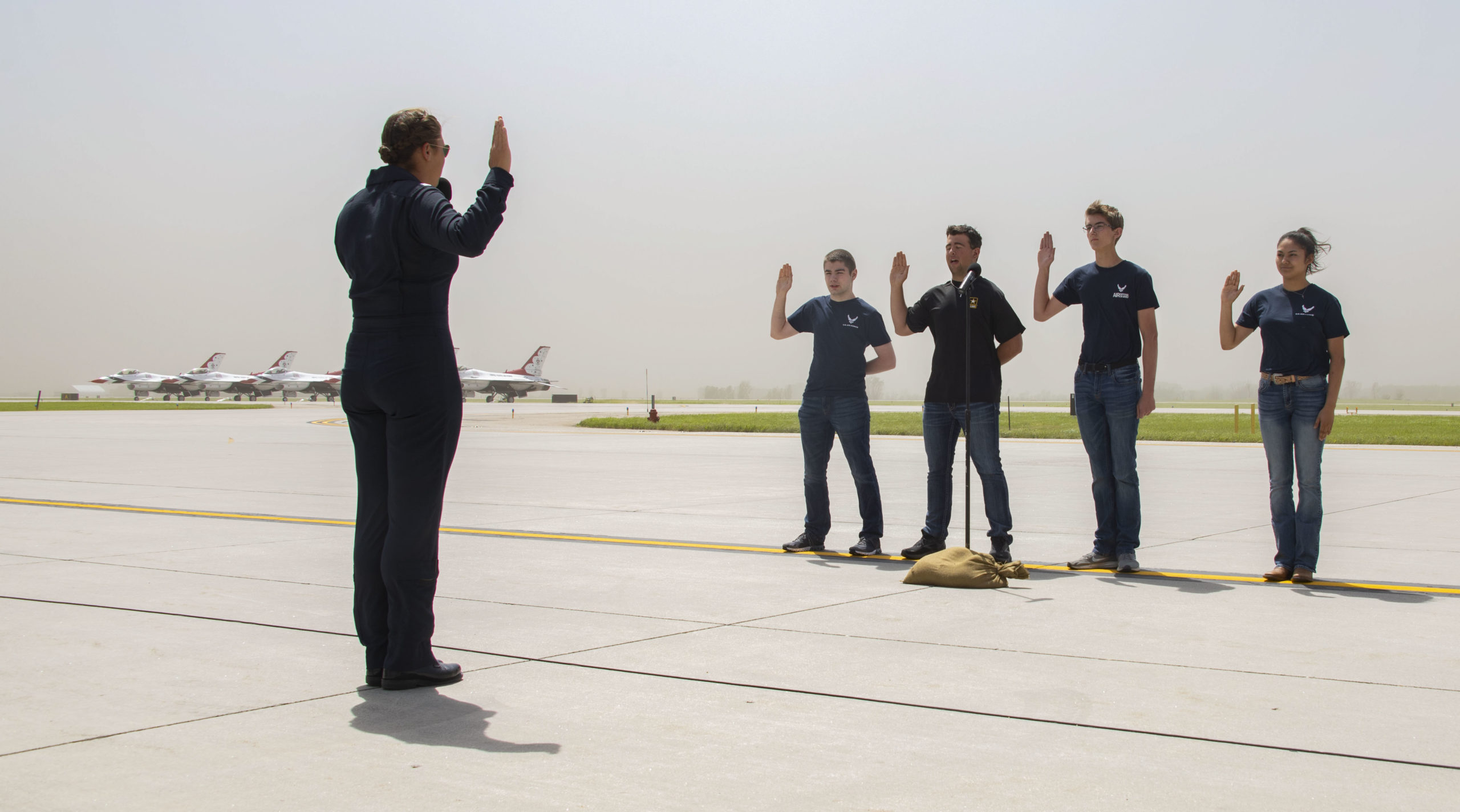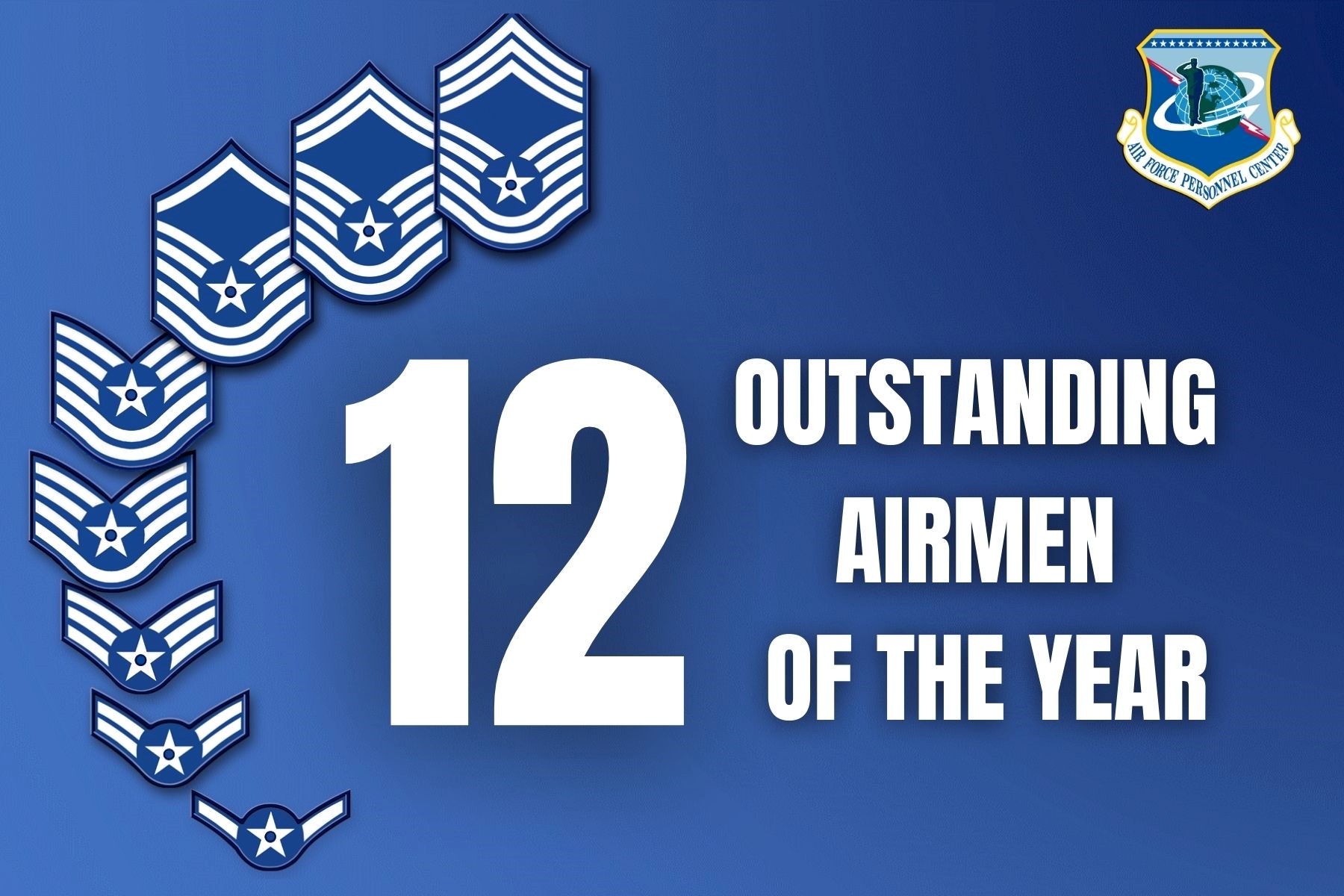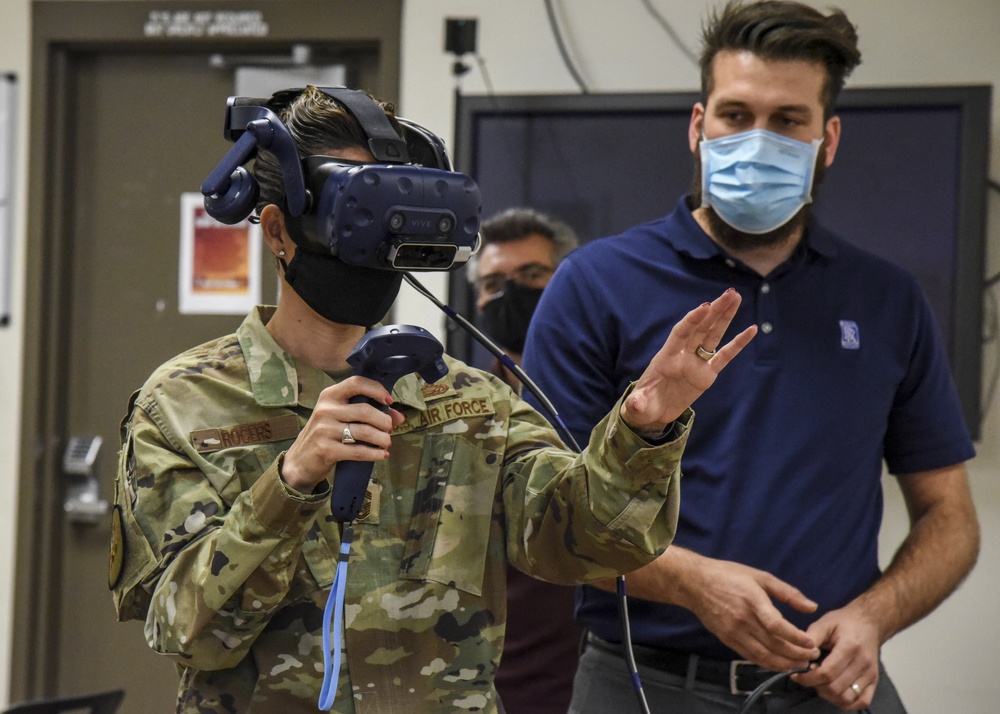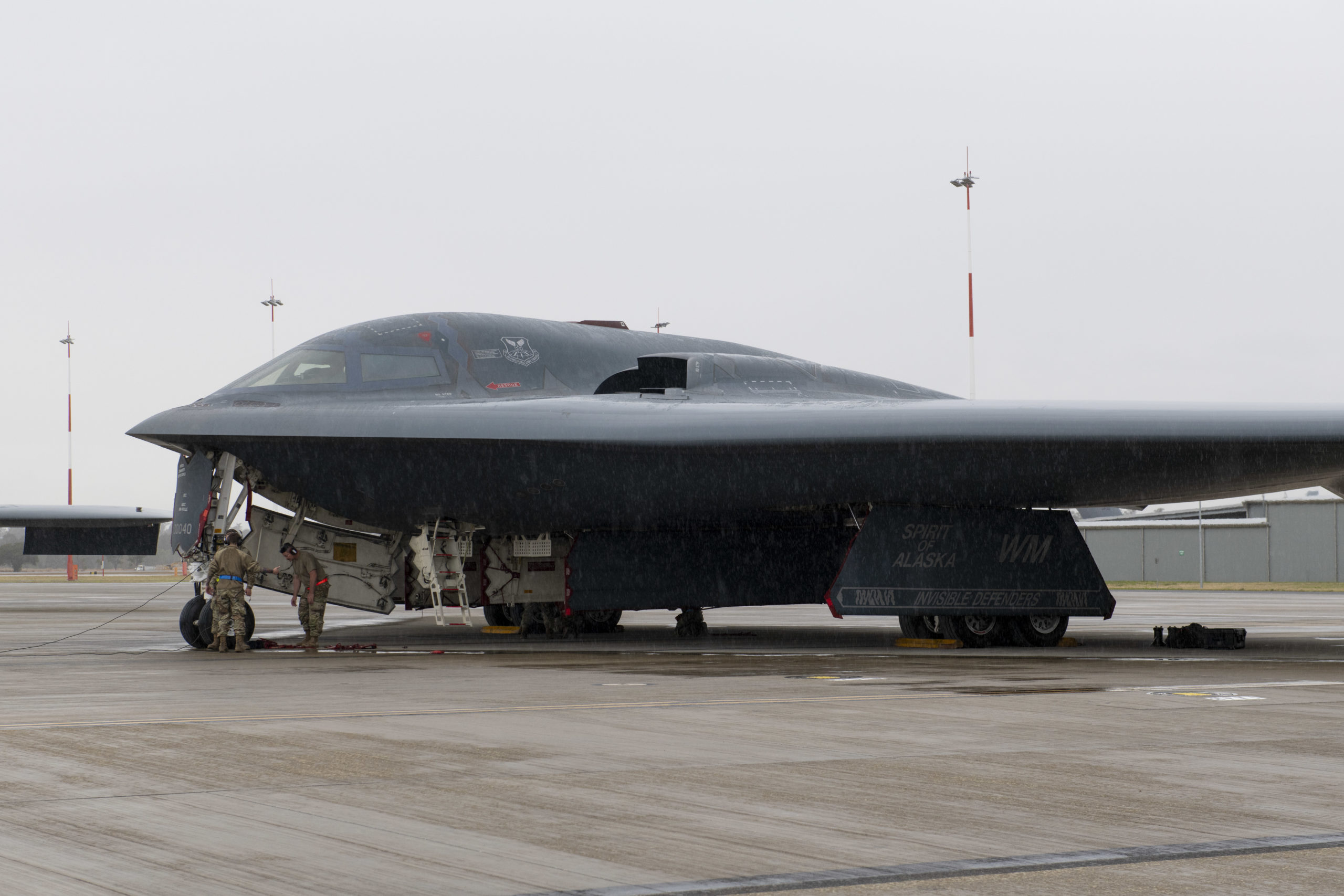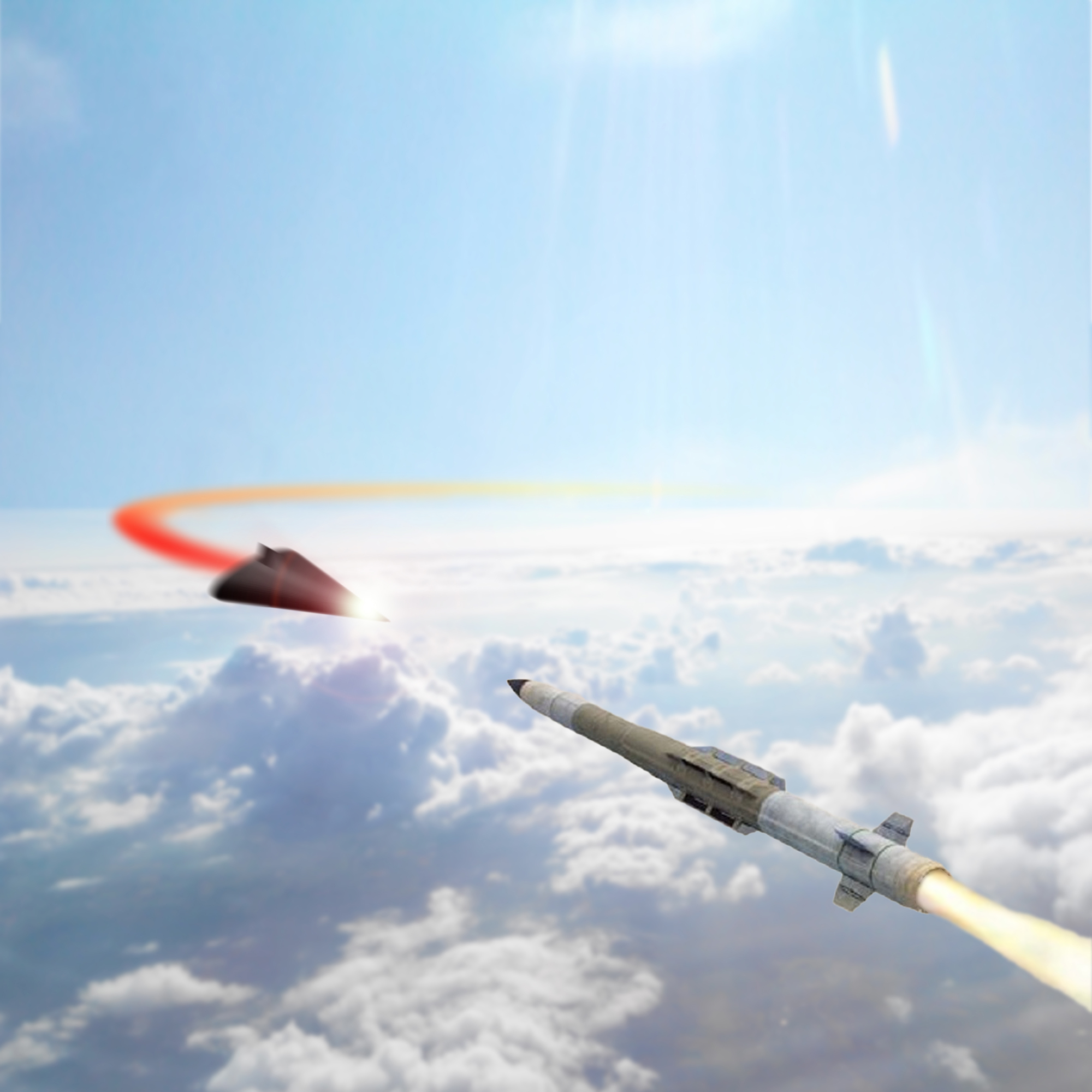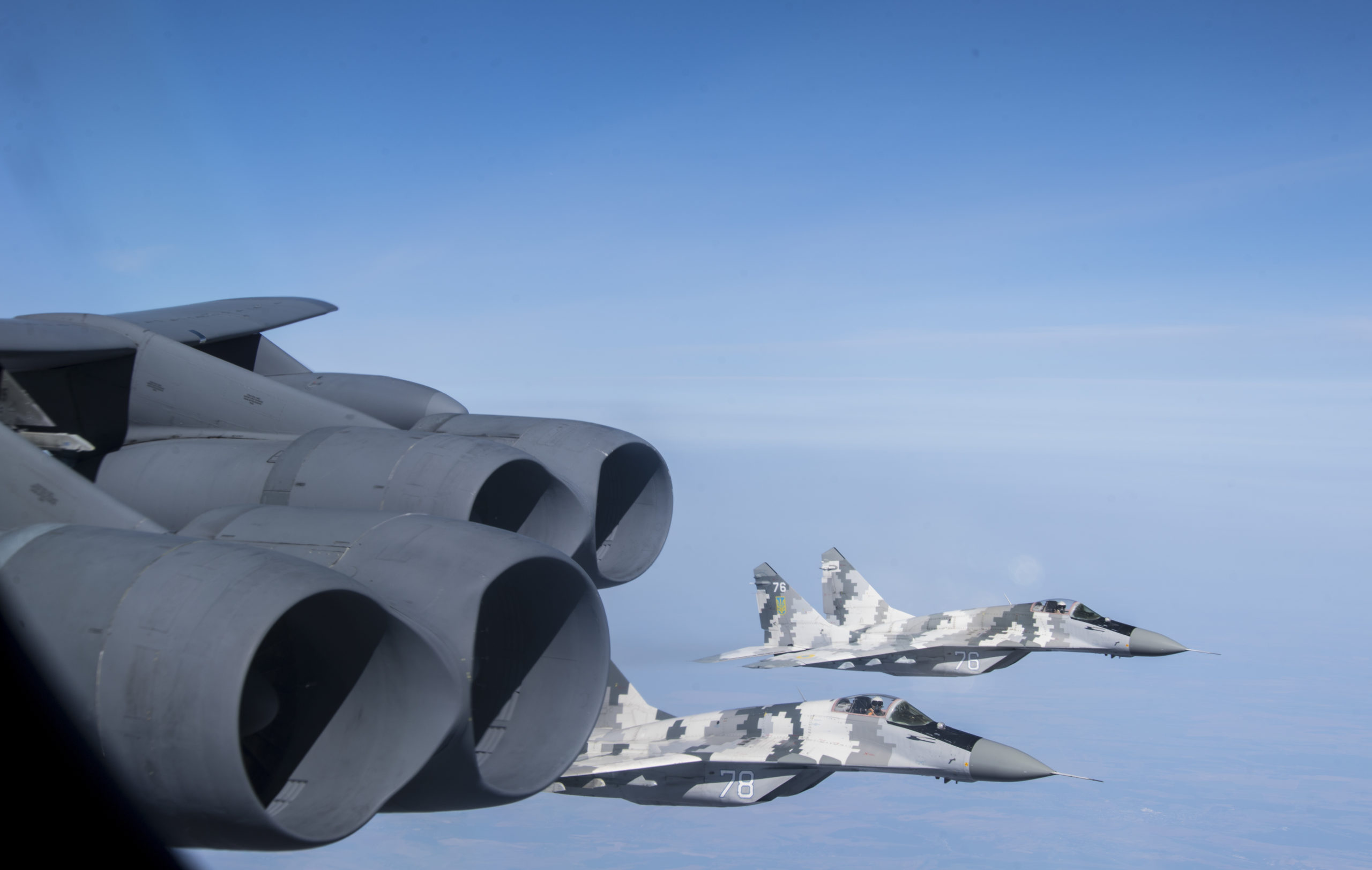Facing a tough recruiting environment that Air Force Recruiting Service commander Maj. Gen. Ed Thomas recently likened to a “week-to-week dogfight,” the Air Force has expanded its list of jobs that are eligible for initial enlistment bonuses, hoping to entice more potential Airmen.
All told, 22 Air Force Speciality Codes are now eligible for some sort of enlistment bonus—some for four-year contracts, some for six-year deals, and some for both.
That marks a dramatic increase from the beginning of fiscal 2022, when just nine AFSCs were on the list. In April, the Air Force added six career fields, followed by more on July 11. The bonuses will be available until Sept. 30, 2022.
Many of the career fields added this week are in maintenance and offer $6,000 for six-year contracts and $3,000 for four-year deals. The speciality codes are:
- 2A634, Aircraft Fuel Systems
- 2A636, Aircraft Electrical & Environmental Systems
- 2F031, Fuels
- 2M031, Missile & Space Systems Electronic Maintenance
- 2M032, Missile & Space Systems Maintenance
- 2M033, Missile & Space Facilities
- 2T331, Mission Generation Vehicular Equipment Maintenance
- 2W131, Aircraft Armament Systems
Bigger bonuses ranging from $12,000 to $20,000 are available to those who sign six-year contracts for computer-focused fields including:
- 1D731A, Network Operations
- 1D731B, Systems Operations
- 1D731D, Security Operations
- 1D731E, Client Systems Operations
The Air Force is also still offering a “Quick Ship” bonus in which an already fully qualified applicant will get $8,000 to fill a short-notice Basic Military Training vacancy and ship out within five days or less. Thus far, AFRS said in a release, 178 recruits have taken advantage of the Quick Ship bonus.
The Air Force’s expansion of enlistment bonuses comes as all the services are experiencing recruiting challenges, a trend that has started to receive widespread media attention. Even as end strength is projected to decline slightly in the year ahead, recruiters are having a hard time convincing the small pool of eligible young adults to sign up.
At the same time, the Air Force has also recently expanded its list of career fields eligible for retention bonuses, a potential sign that the sky-high retention rates seen during the start of the COVID-19 pandemic have started to slip.
That high retention, however, has had lasting effects. The service announced earlier this month that it was expecting lower promotion rates for certain enlisted noncommissioned officer ranks due to high numbers of eligible Airmen and a shift in force grade structures.
| AFSC | CAREER FIELD | 6-YEAR BONUS | 4-YEAR BONUS |
|---|---|---|---|
| 1A8X1 | Airborne Linguist | $20,000 | Not Applicable |
| 1D731A | Network Operations | $12K-$20K | Not Applicable |
| 1D731B | Systems Operations | $12K-$20K | Not Applicable |
| 1D731D | Security Operations | $12K-$20K | Not Applicable |
| 1D731E | Client Systems Operations | $12K-$20K | Not Applicable |
| 1D731R | Radio Frequency Transmission Systems | $6,000 | $3,000 |
| 1N3XX | Crypto Linguist | $18,000 | Not Applicable |
| 1T0X1 | SERE | $40,000 | Not Applicable |
| 2A534 | Refuel/Bomber Aircraft Maintenance | $6,000 | $3,000 |
| 2A632 | Aerospace Ground Equipment | $6,000 | $3,000 |
| 2A634 | Aircraft Fuel Systems | $6,000 | $3,000 |
| 2A636 | Aircraft Electrical & Environmental Systems | $6,000 | $3,000 |
| 2F031 | Fuels | $6,000 | $3,000 |
| 2M031 | Missile & Space Systems Electronic Maintenance | $6,000 | $3,000 |
| 2M032 | Missile & Space Systems Maintenance | $6,000 | $3,000 |
| 2M033 | Missile & Space Facilities | $6,000 | $3,000 |
| 2T331 | Mission Generation Vehicular Equipment Maintenance | $6,000 | $3,000 |
| 2W031 | Munitions Systems | $6,000 | $3,000 |
| 2W131 | Aircraft Armament Systems | $6,000 | 3,000 |
| 3E8X1 | EOD | $50,000 | Not Applicable |
| 9T500 | Special Warfare Operator Enlistment | $50,000 | Not Applicable |
| 9TE/MAI | Any Mechanical or Electrical Aptitude Area | $6,000 | $3,000 |
| AFRS QUICK SHIP | Any AFSC | $8,000 | $8,000 |
